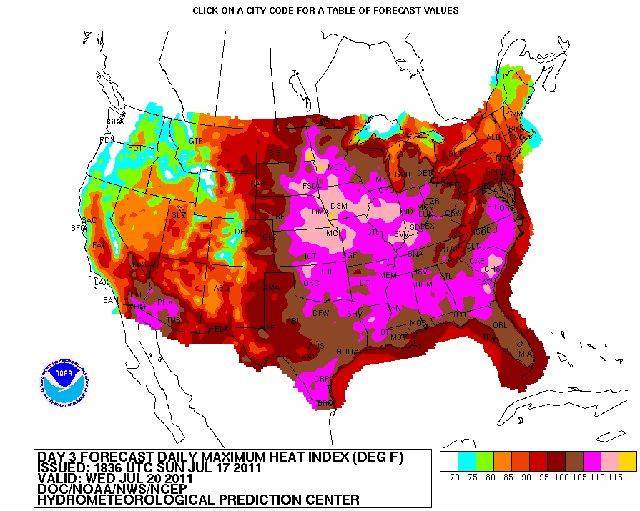
 1
1




Seed the Mind, Harvest Ideas.
http://farmwhisperer.com





Seed the Mind, Harvest Ideas.
http://farmwhisperer.com





Seed the Mind, Harvest Ideas.
http://farmwhisperer.com





Seed the Mind, Harvest Ideas.
http://farmwhisperer.com





Seed the Mind, Harvest Ideas.
http://farmwhisperer.com





Seed the Mind, Harvest Ideas.
http://farmwhisperer.com









Seed the Mind, Harvest Ideas.
http://farmwhisperer.com





Seed the Mind, Harvest Ideas.
http://farmwhisperer.com















Seed the Mind, Harvest Ideas.
http://farmwhisperer.com










Seed the Mind, Harvest Ideas.
http://farmwhisperer.com




Ken Peavey wrote:
Len
A portajohn may be an option. Around here the things can be rented for $15/month.
COOLING OFF BREAKS
Thats a perfect time to surf the forums at Permies.com. Now I gotta go do something, even if it wrong.
 I have about a 12 to 15 mile route I walk every day in an urban setting. I carry weight.... I am a letter carrier... a letter doesn't weigh much, but there have been days where the total mail weight I deal with is over 300 lbs. We get paid by the meter we walk, so we learn to walk quickly. It means less time.... in whatever weather. Putting a porta-pottie in a public place... pretty much permanently, is a lot more than just the monthly rental. Thankfully, there are other parts to my job as I have to sort and sequence the mail first. In all truth, the outside part of my job is the most enjoyable part... sun, rain, wind, snow (hold the slush please) and dogs as may be. I am told 50% of all new letter carriers quit within two weeks... 95% are gone by the end of the first year.... So I guess I am part of that 5% with the right strangeness
I have about a 12 to 15 mile route I walk every day in an urban setting. I carry weight.... I am a letter carrier... a letter doesn't weigh much, but there have been days where the total mail weight I deal with is over 300 lbs. We get paid by the meter we walk, so we learn to walk quickly. It means less time.... in whatever weather. Putting a porta-pottie in a public place... pretty much permanently, is a lot more than just the monthly rental. Thankfully, there are other parts to my job as I have to sort and sequence the mail first. In all truth, the outside part of my job is the most enjoyable part... sun, rain, wind, snow (hold the slush please) and dogs as may be. I am told 50% of all new letter carriers quit within two weeks... 95% are gone by the end of the first year.... So I guess I am part of that 5% with the right strangeness  Maybe something to remember with the whole homesteading/permaculture/community thing... it isn't for everyone, maybe not that many.
Maybe something to remember with the whole homesteading/permaculture/community thing... it isn't for everyone, maybe not that many. 







Ken Peavey wrote:
You can probably keep it up for much longer than you think.

Idle dreamer




Len wrote:
Maybe something to remember with the whole homesteading/permaculture/community thing... it isn't for everyone, maybe not that many.
Idle dreamer





H Ludi Tyler wrote:
I easily get exhausted in the heat because when digging or doing other heavy labor, I sometimes don't notice getting hot. Then I can't do anything for the rest of the day. Maybe I'm just a wimp!
Seed the Mind, Harvest Ideas.
http://farmwhisperer.com









H Ludi Tyler wrote:
I thought one of the ideas of permaculture is to make less work, so more people can do it. If we have to be superpeople to practice permaculture, it's not very helpful.
<<<<< not super
 I was just saying don't expect everyone to enjoy the same things... lots of people want to live in the city paying off debts so they can buy more stuff and be totally reliant of others to survive. (boy, sounds exciting
I was just saying don't expect everyone to enjoy the same things... lots of people want to live in the city paying off debts so they can buy more stuff and be totally reliant of others to survive. (boy, sounds exciting  ) Most people consider insurance a monthly payment, not self reliance. It's all about who you can sue.
) Most people consider insurance a monthly payment, not self reliance. It's all about who you can sue.




Idle dreamer








Success has a Thousand Fathers , Failure is an Orphan
LOOK AT THE " SIMILAR THREADS " BELOW !





Seed the Mind, Harvest Ideas.
http://farmwhisperer.com









Seed the Mind, Harvest Ideas.
http://farmwhisperer.com





|
Legend has it that if you rub the right tiny ad, a genie comes out.
Rocket Mass Heater Resources Wiki
https://permies.com/w/rmh-resources
|







